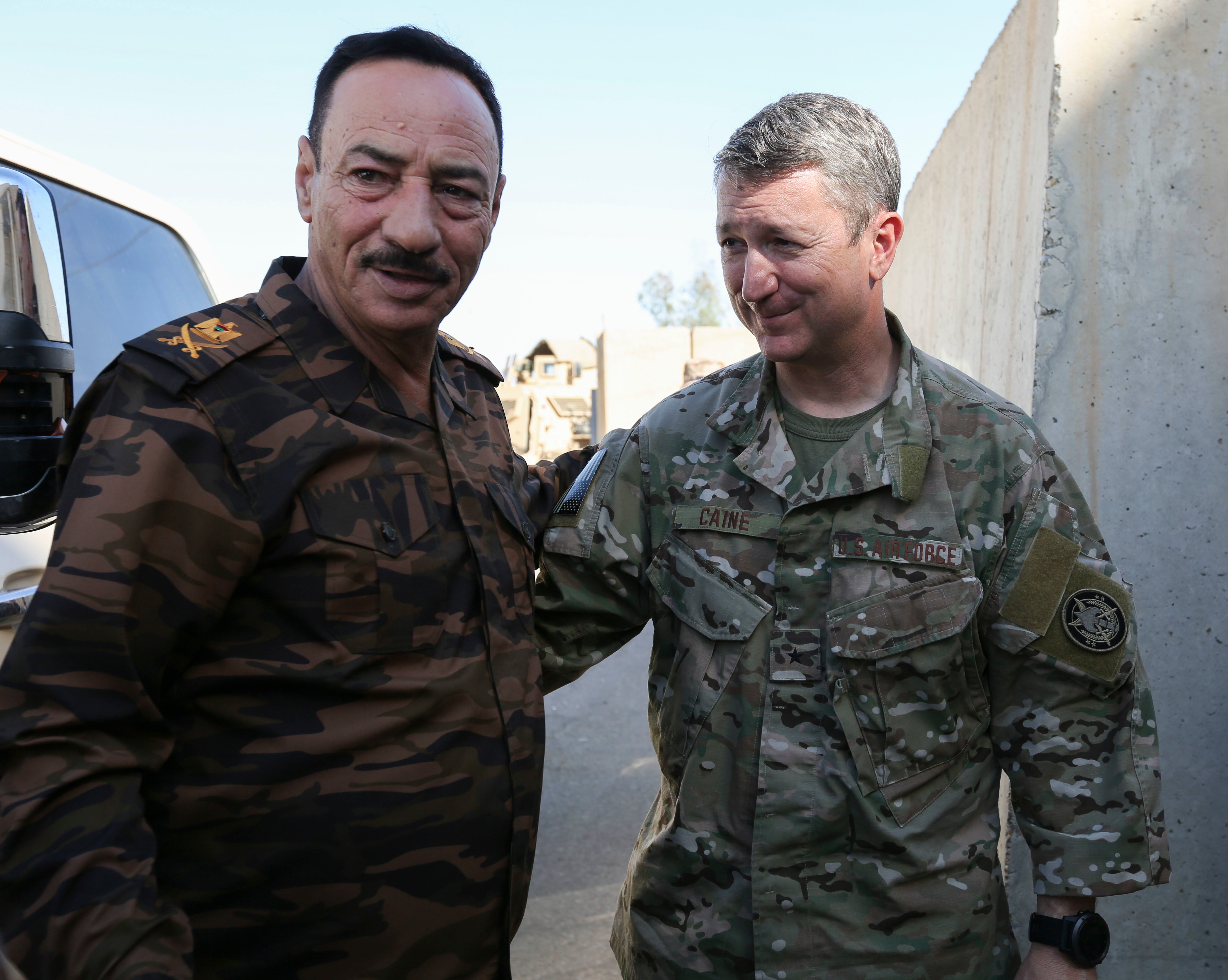The Navy has announced it will open the Navy SEALs to women and is looking to recruit more women to the service overall, as the number of those who step up to serve drops from rates in earlier generations.
The Navy's personnel boss, Vice Adm. Bill Moran, who in nearly three years as the chief of naval personnel, discussed these priorities during a wide-ranging interview on Dec. 16. Answers have been edited for brevity.
Q. The Navy SEALs are opening their ranks to women in 2016. What kind of timetable do you see to opening the training pipeline?
A. We have our plan, as you know we have been leaning pretty far forward on this. We are ready to go but here is the only thing I can share with you. For young women that want to be in that community, we have got to give them time to get ready. So I am not in a rush to put the first one through and you know and get at it that way. We are less interested in headlines and a lot more interested in success. Young women or young men that want to be SEALs Seals at the Naval Academy or EOD at the Naval Academy go through a year-long effort to get them ready physically, mentally, and then they go through a bunch of testing, go out to Coronado, they jump in there. They really discover are they ready. It would be wrong I think for us to say, 'Hey okay we got approval so who wants to jump in without them having the benefit of that training and opportunity to get ready for this?' Because it is not, not I mean with 25% staying after you know generally about the first three or four weeks in buds. You've got to be prepared mentally and physically for this.
Q. Does that plan require a new standard?
A. No. So the standards were thoroughly reviewed by [U.S. Special Operations Command] and [Naval Special Warfare Command] for the Navy. Rear Adm. Brian Losey's team fed that to SOCOM. SOCOM approved that the standards we have are the standards we need and if you meet the standard then you are able to become a SEAL or a [Special Warfare Combat Crewman]. Standards are going to stay the same.
Q. Some observers have suggested that the military is opening all front-line combat jobs to women because few millennials want to serve. What are your thoughts on that?
A. My thoughts are that we have had Our veteran population is the biggest influencers on people that want to serve. The World War I, World War II, Korea, and most of Vietnam veteran population was in a conscript force where it was predominantly male. So, those influencers were more influential on young men to serve. Now, we are starting to see generations of veterans who have got sons and daughters who have served or have served with women and therefore have a positive influence on women to want to serve as well. The bigger macro problem is the decline in the veteran population across the country because the generations over generations have gotten smaller and those who have served to the point now where we are down around 18 to 20 million total where we were up in the 30 to 40 millions several decades ago. So, that influence of population is shrinking which means the overall number where you are a male or female is shrinking so I think it is a little cruel to say that the millennials do not want to serve. I just think that the numbers who are normally prepensed, is coming down and therefore We ought to be looking at the large number of young women who are high school grads, which outnumber the men, college grads who outnumber the men, [science, technology, engineering, math] gradsnts who outnumber the men, we ought to be reaching into that and saying, 'Hey we want you on our team.' The best advertisement in the world is there are no limits to what you can do.
Q. The Navy is making a big push to recruit and retain more women. That will be a challenge because they leave the service at nearly twice the rates as male peers. What are the foremost reasons?
A. Well When we polled women and men, the No. 1 reason for leaving the Navy is family, across the board. It is higher for women but it is still No. 1number one for men. and then I think second for Women seem to be more interested in education than men for themselves. So if we look at the GI Bill take rate, the early returns on and we are just in the early stages here,our female sailors tend to keep the GI Bill for themselves where the male sailors tend to transfer. They try to reach the transfer ability marker so that they can transfer to their families.



